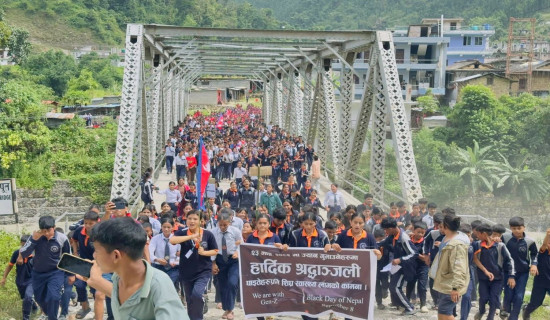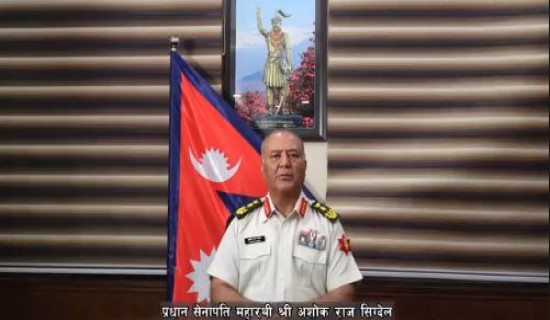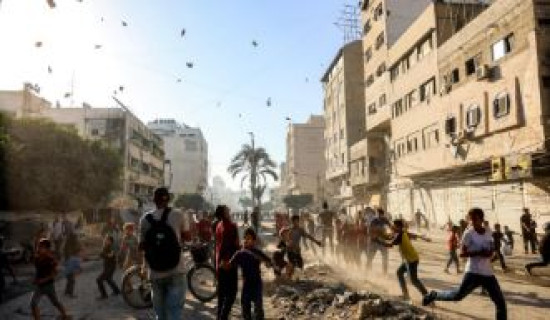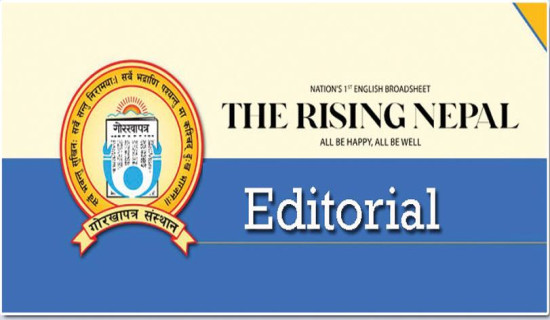- Friday, 12 September 2025
Rato Machhindranath fest concludes with Bhoto Jatra
By A Staff Reporter,Kathmandu, June 2: The month-long Rato Machhindranath Jatra concluded on Sunday with the celebration of Bhoto Jatra, one of Nepal’s oldest and most significant chariot festivals.
The highlight of the ceremony is the public display of a sacred jeweled vest (Bhoto) from the chariot of Rato Machhindranath, revered as the rain god.
President Ramchandra Paudel attended the ceremony, surrounded the chariot and received tika and prasad. Other dignitaries, including the Vice President, Prime Minister, ministers, political leaders, and senior officials, were in attendance.
Dipendra Chitrakar, Chief of the Guthi Sansthan, Lalitpur, displayed the Bhoto from all four sides of the chariot as thousands gathered to witness the ritual.
Every year, Bhoto Jatra has been celebrated amid the mass of people for many years. However, the exact date behind beginning of Bhoto Jatra has not been determined yet but it is believed to have originated during the Lichhavi period (3rd–9th century).
Legend has it that a Newar farmer received the vest from a serpent god after curing his queen, but later lost it. When the vest reappeared on someone else, ownership was disputed and never resolved, prompting its annual public display in hopes the true owner comes forward.
Earlier this year, a seminar titled ‘Machhindranath and Nepal-India Relations’ was organised by Guwahati University, highlighting ancient ties between Patan and Assam. Legend has it that during a severe drought in the Kathmandu Valley, King Narendra Dev brought Machhindranath from Kamakhya, Assam, to Nepal, where his presence ended the famine.
It is believed Gorakhnath’s meditation had suppressed the serpents causing drought, and with Machhindranath's arrival, Gorakhnath rose, freeing the serpents and bringing rain. In celebration, locals began the chariot procession, originally known as Jawlakel Jatra—linked to offerings of rice.
Chitrakar, Chief of Patan Guthi Sansthan said that after the ceremony, the idol of Rato Machhindranth was brought in Bungamati. Today’s festival concluded with the displaying of Bhoto and return of the deity to Bungamati.
The reconstructed Shikhar-style Rato Machhindranath Temple there was ready to welcome the idol back to its original home, 10 years after it was displaced by the devastating earthquake 2015.
Locals were preparing to celebrate with traditional rituals, including burning dry barley stalks and nighttime processions filled with music and chanting.
“Everyone in Bungamati is thrilled to finally see Rato Machhindranath back in his temple,” said local resident Anil Tuladhar.
On this occasion, the government had also announced a public holiday in the valley on Sunday.



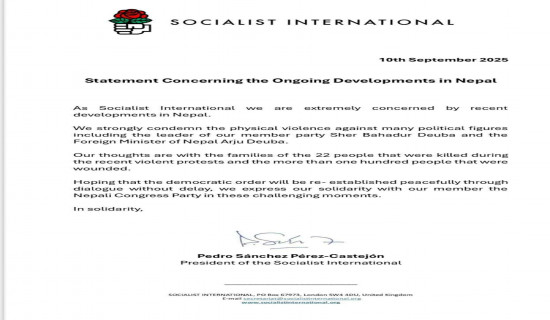
-square-thumb.jpg)
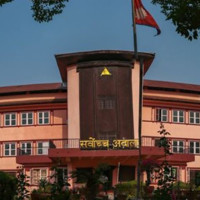
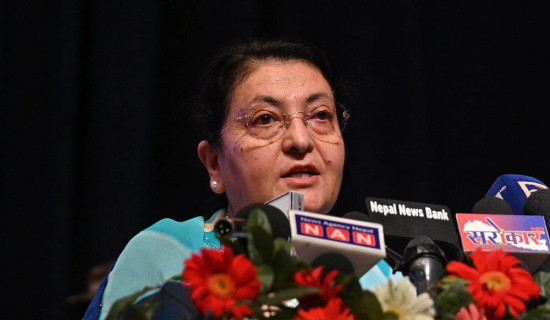
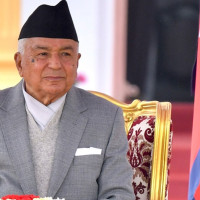
-square-thumb.jpg)
